Understanding Fringe Benefits Tax (FBT): A Guide for Business Owners
Written by Julie Jung
Fringe Benefits Tax (FBT) is payable by employers when certain non-cash benefits are provided to employees, their family, or associates instead of salary or wages. This is a key area of focus for the Australian Taxation Office (ATO).
As a business owner, it’s essential to determine whether you’ve provided fringe benefits to your employees during the FBT year, whether you're liable to pay FBT on those benefits, and ensure compliance with the relevant requirements.
This article provides an overview of FBT, the types of benefits, and available exemptions.
What is a Fringe Benefit?
A fringe benefit is a non-cash benefit provided by an employer to former, current, or future employees, directors, or associates (such as spouses or children). These benefits may be provided directly by the employer or through a third party.
- Common Examples of Fringe Benefits:
Car Benefits: A company car provided for personal use.
Entertainment Benefits: Social functions, meals, or gifts not directly related to work (e.g., Christmas party, free tickets to concerts).
Expense Payment Benefits: The employer pays or reimburses personal expenses (e.g., school fees, gym membership, private health insurance).
Loan Benefits: Interest-free or low-interest loans provided to an employee.
Living-Away-From-Home Allowance (LAFHA) and Housing Benefits: The employer provides accommodation, pays rent, or provides an allowance to cover additional costs of living away from home for work.
What is Fringe Benefits Tax (FBT)?
Fringe Benefits Tax (FBT) was introduced to prevent employers from reducing the tax liability of employees by providing benefits that are not recognised as income. FBT is a tax that an employer pays when providing fringe benefits to employees or their associates. FBT is separate from income tax, and the FBT year runs from the 1st of April to the 31st of March, differing from the financial year, with a flat rate of 47% of the grossed-up value of the benefit (grossed up rate is set out in the Australian Taxation Office). Although FBT has a higher tax rate than income tax, employers use fringe benefits as a strategy to attract, retain, and motivate employees.
What Are Exempt Fringe Benefits?
There are certain fringe benefits may be exempt or subject to reduced FBT.
Some common exemptions include:
Electric Cars Exemption: Eligible electric vehicles are exempt from FBT.
Superannuation: Extra contributions to employee superannuation funds are exempt from FBT.
Minor Benefits: Benefits valued at less than $300 per head/occasion and provided infrequently.
Portable Electronic Devices: Laptops, tablets, and phones used primarily for work purposes.
Work-Related Items: Protective clothing, tools of trade, and briefcases provided for work.
Otherwise Deductible Rule: Items that an employee could have claimed as a tax deduction if they had paid for them personally.
Do I Need to Register and Lodge the FBT Return?
If you're unsure whether your business is providing fringe benefits to employees, directors, or associates, here are some key questions to consider:
Does the business provide entertainment—food, drink, or recreational activities? For example, if you had a Christmas party, the business likely provided entertainment to employees.
Are any vehicles owned or leased by the business available for private use or garaged overnight at an employee’s home?
Are any salary package (salary sacrifice) arrangements in place?
Has the business provided goods at a lower price than they are normally sold to the public?
Does the business provide car parking?
Does the business provide loans at reduced interest rates?
Has the business forgiven any debts owed?
Has the business paid for, or reimbursed, private expenses?
Does the business provide accommodation (i.e., a house or unit)?
Does the business provide any living-away-from-home allowances?
A common area of confusion is motor vehicles. If a motor vehicle owned or leased by the business is used by an employee or director for private purposes (including traveling between home and work and being parked at home overnight), FBT may apply and needs to be managed.
Another common area of confusion is entertainment. Entertainment can include food, drink, recreational activities (such as movie tickets), and non-work-based travel. If you’ve provided any entertainment benefits to employees, such as attending a business lunch or party, then FBT may apply. Entertainment is a key focus for the ATO, as FBT treatment also interacts with income tax and GST treatment.
What Employers Need to Know
For employers, it is crucial to understand FBT and comply with FBT requirements to avoid unnecessary tax liabilities and costly penalties. The ATO has recently announced that the 'FBT gap' has exceeded $1.9 billion, and it will be deploying additional resources for FBT compliance to close this gap.
In the past, some businesses reduced their FBT liability to NIL by using an ‘employee FBT contribution’ and did not lodge an FBT return. While this may seem to cost less, it means the ATO can audit an unlimited number of years in the future and potentially assess higher FBT liabilities, including interest and penalties.
If an FBT return is lodged, the length of time the ATO can audit for FBT purposes is limited to just three years.
If you have any questions about your FBT obligations or need assistance managing your fringe benefits, don't hesitate to reach out to our team.

